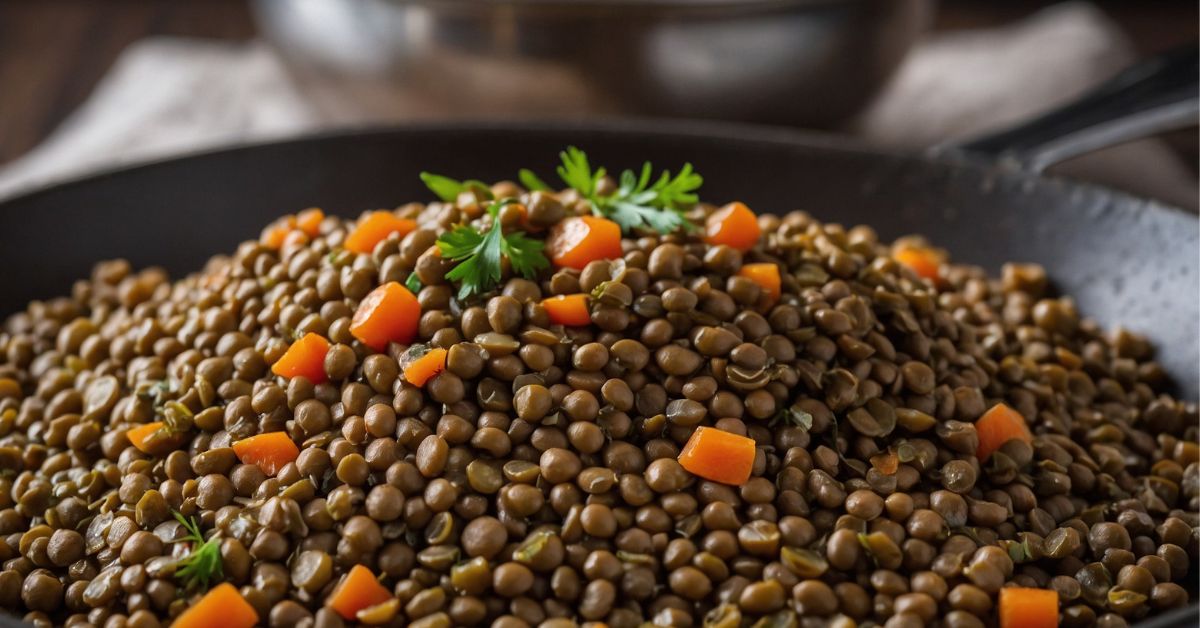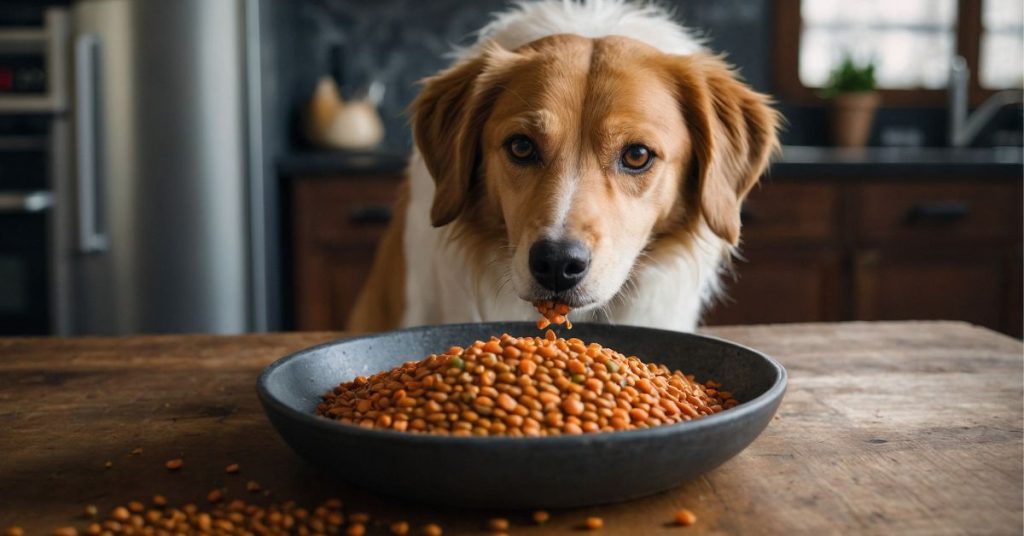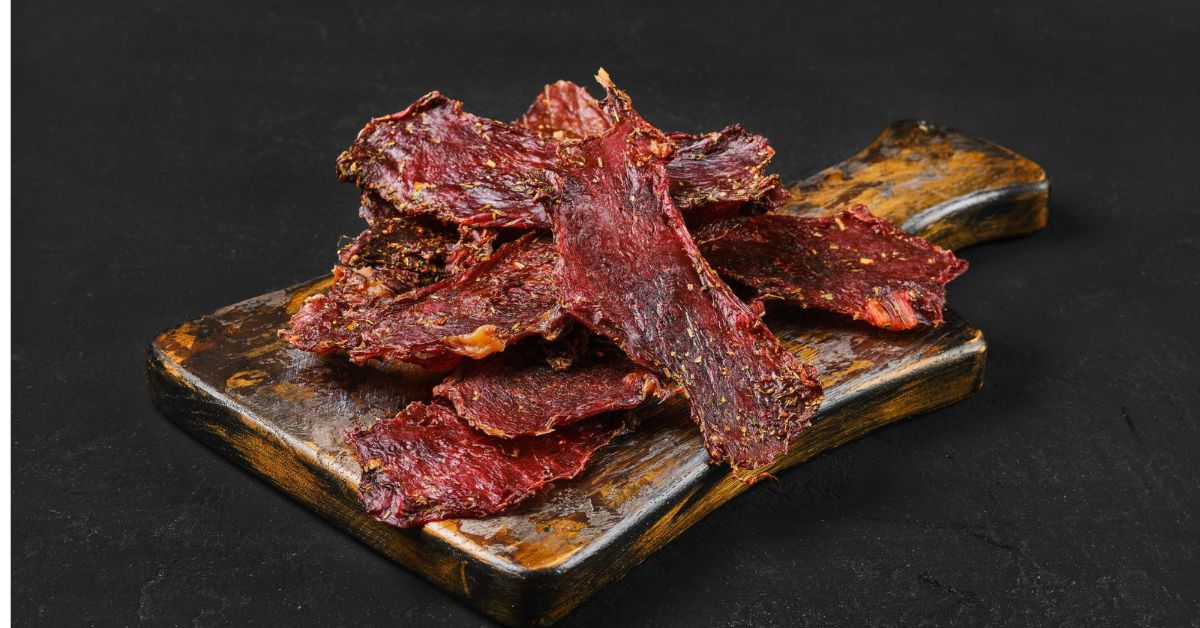Recently, lentils have gained popularity as a nutritious staple in many human diets due to their high protein and fiber content. Pet owners increasingly want to share their healthy eating habits with their pets, raising questions about foods like lentils. Can dogs eat lentils? For your dog’s health, you need to understand the nutritional value and potential risks of lentils.
In this article, we will examine the nutritional profile, potential health benefits, and safety considerations of feeding lentils to dogs. Whether you’re curious about adding lentils to your dog’s diet or want to learn more about canine nutrition, you can learn more here. Let’s dive in.
Can Dogs Eat Lentils?
Yes, dogs can eat lentils with safety considerations. Lentils are nutritious legumes rich in protein, fiber, vitamins, and minerals. They offer numerous health benefits to humans, but whether dogs can safely consume them is a matter of debate.
Safety and Digestibility
Although dogs can technically digest lentils, they have a different digestive system from humans. The complex carbohydrates in lentils can be difficult for some dogs to digest, causing digestive issues like gas or bloating if they are not cooked properly.
Nutritional Value
The protein in lentils is excellent for dogs, especially if they have dietary restrictions or food sensitivities. They also provide fiber, which can support digestive health in moderate amounts.
Considerations
Before feeding lentils to your dog, consider the following:
- Preparation: Lentils should be thoroughly cooked to improve digestibility and avoid potential gastrointestinal upset.
- Portion Size: Serve lentils in moderation as part of a balanced diet, ensuring they complement your dog’s nutritional needs without replacing essential nutrients from their regular dog food.
Health Benefits of Lentils for Dogs
Moderately incorporating lentils into your dog’s diet can provide several health benefits:
Rich in Protein
Lentils are a good source of plant-based protein in dogs, which is essential for muscle growth, repair, and development. Lentil protein has unique benefits for dogs with allergies or sensitivities to common animal proteins like chicken or beef.
High in Fiber
Lentils have a high fiber content, which promotes regular bowel movements in dogs and prevents constipation. Additionally, fiber can contribute to satiety, which may be beneficial for dogs prone to overeating and maintaining a healthy weight.
Nutrient Dense
Lentils are rich in essential vitamins and minerals such as iron, potassium, folate, and manganese, which promote overall health and vitality in dogs. These nutrients play crucial roles in maintaining a strong immune system, healthy bones, and proper nerve function.
Low in Fat
Lentils are relatively fat-free compared to many animal protein sources. This makes them a good choice for dogs who need to lose weight or have conditions like pancreatitis that require low-fat food.
Supports Heart Health
Lentils are believed to promote cardiovascular health in dogs by contributing to blood pressure and cholesterol regulation.
Risks and Considerations
It’s undoubtedly true that lentils can be beneficial to dogs, but there are some risks and considerations:
Digestive Issues
Lentils contain complex carbohydrates and fiber that some dogs find hard to digest, especially if not cooked thoroughly. It can cause stomach problems like gas, bloating, and diarrhea. Ensure lentils are well cooked before serving them to your dog to prevent digestive upset.
Antinutrients
Lentils, like other legumes, contain antinutrients such as lectins and phytates. These compounds can interfere with nutrient absorption and digestion in dogs. A good cooking and preparation method, such as soaking and rinsing, can help reduce antinutrient levels.
Allergies
Occasionally, dogs may have allergies or sensitivities to lentils or other legumes. The symptoms of an allergic reaction can include itching, skin irritation, digestive upset, or even breathing problems. If you think your dog is allergic to lentils, stop feeding them and see your vet.
Caloric Density
While lentils are nutritious, they are also calorie-dense. If you feed too many lentils or don’t adjust your dog’s overall diet accordingly, your dog might gain weight or get obese.
Medical Conditions
Certain medical conditions, like kidney disease or pancreatitis, may cause dogs to avoid or limit legumes like lentils because they are high in protein and carbohydrates. Consult your vet before changing your dog’s diet, especially if your dog has a health issue.
How to Feed Lentils to Your Dog Safely

You can maximize the nutritional benefits of lentils in your dog’s diet by following these guidelines:
Choose the Right Type and Preparation
Opt for plain, unseasoned lentils without added salt, spices, or oils. Cook lentils thoroughly to improve digestibility and reduce the risk of gastrointestinal upset. Properly cooked lentils are softer and easier for dogs to digest.
Start Gradually
Introduce lentils into your dog’s diet gradually, starting with small amounts to observe how they react. This approach helps minimize the risk of digestive issues and allows you to monitor their tolerance.
Monitor Portion Sizes
Lentils should be fed to dogs in moderation. They can be added as a supplement to your dog’s regular diet, not as a replacement for essential nutrients provided by their leading dog food.
Avoid Seasonings and Additives
When preparing lentils for your dog, avoid adding seasonings, sauces, or spices. These additives can be harmful or cause digestive upset.
Consider Your Dog’s Health Needs
Take into account any existing health conditions your dog may have, such as allergies, digestive sensitivities, or weight management issues. Adjust the amount and frequency of lentils accordingly under the guidance of your veterinarian.
Mix with Balanced Meals
Incorporate lentils into balanced meals that include protein sources suitable for dogs, such as lean meats or high-quality dog food. Lentils should complement, not replace, essential nutrients in your dog’s diet.
Monitor and Adjust
Observe how your dog responds to lentils. If you notice any signs of digestive upset, allergies, or adverse reactions, discontinue feeding lentils and consult your veterinarian.
FAQs
Can dogs eat cooked lentils?
Yes, dogs can eat cooked lentils. Cooking lentils thoroughly improves digestibility and reduces the chance of digestive upset. In moderation, plain, unseasoned cooked lentils can provide protein, fiber, and essential vitamins and minerals to dogs.
Slowly introduce cooked lentils to your dog and watch for signs of digestive problems. Make sure you adjust portions based on your dog’s size and nutritional needs.
Are lentils better than rice for dogs?
Both lentils and rice can be suitable for dogs, but their nutritional value and suitability depend on their needs. Certain dogs, especially those with allergies to traditional protein sources, can benefit from lentils’ protein and fiber content.
In contrast, rice is easily digestible and can soothe upset stomachs. Choosing lentils or rice depends on your dog’s dietary needs, any existing health conditions, and the way they like it. Your vet can help you decide what’s best for your dog.
Read More: Can Dogs Eat Dragon Fruit?
Conclusion
Lentils can provide dogs with protein and fiber, but they should be introduced cautiously and in moderation. You need to cook correctly and control your portions to avoid digestive problems. You should always consult your vet before adding lentils or any new food to your dog’s diet. Lentils can be a healthy addition to a balanced dog food diet if you treat them right.




